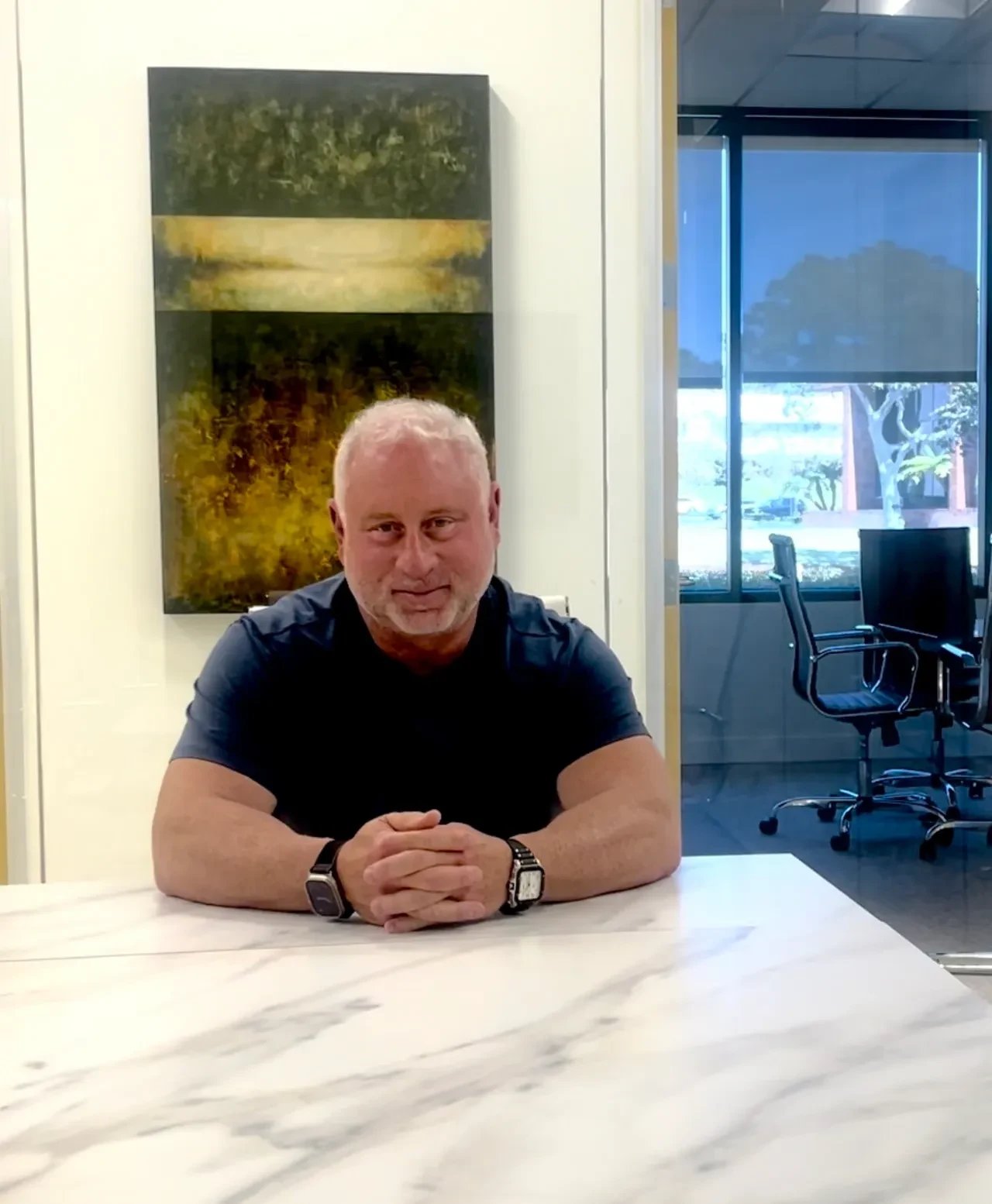RESIDENTIAL REAL ESTATE PRICING: AS HYPER-GRANULAR AS IT GETS
February 15, 2023
Real Estate

February 15, 2023
Real Estate

Perhaps more than any other asset class, residential real estate pricing is about as hyper-granular as it gets: To get a truer picture of value, you need to consider a range of factors that impact an individual home. As I have discussed in many of my blogs and videos, investment quality is the ultimate underlying factor in pricing.
It’s not sufficient to simply look at closing data for similar homes (aka, comparables, or “comps”). Instead, you need to consider the street it’s on (and exactly what part of the street), the immediate neighborhood, the community and the region overall, as well as all the factors that make a place go from mediocre to marvelous and what those factors are dependent upon. (And while this seems obvious as I write it, I’m certain that there are at least a few people reading this who back-burnered these considerations when they got caught up in the pandemic-fueled buying frenzy.) I have written extensively on this in prior blogs.
@ sarahloukiernan via New York Post
I think there’s a better way to approach residential real estate pricing, but before I get into some of the factors to consider about a home’s value, let me say this: Underwriters consider just about every factor when determining the value of an investment. They get past noise and buzz and anomalies and find useful, representative data that is relevant to the particular asset that they’re valuing. They keep emotion out of the deal.
If you approach buying, selling or representation with the same level of due diligence, you’ll set yourself up for a better long-term investment.
According to Realtor.com, in January 2023, the median list price for a single-family home in the U.S. was $400,000. This was down from a high in June 2022 of $449,000.
But what does that really mean for you and me if we’re in the market? In short, not a lot, because aggregate data based on all home-listing prices across the country means little when it comes to buying, selling or representing a particular home. Instead, you need to consider what researchers call “relative location” to best determine home value.
Consider this: I tend to define primary markets as those in which the majority of homes are at or above a seven-figure valuation, which includes luxury markets and most urban centers like Los Angeles, Miami and New York. I define secondary markets as those in close geographic proximity to the primary markets. Generally speaking, then, tertiary markets are all the rest.
So, let’s say that I live in a primary market in coastal Southern California and on most sides, my neighborhood is surrounded by water. On the side that isn’t, I’d have to drive many miles, maybe to another state, to get to an area in which housing even begins to approach the US median price. I tell you this because of the reality of home prices in coastal Southern California: If anyone found a single-family home for the US median price, there’d be a stampede of buyers banging at the door. For buyers who want or need to live around here, the US median home price is a pipe dream.
Now, let’s say that I live in a secondary-market city. Then my reality may be that my community is terrific and it’s surrounded by other great communities with strong tax bases and high quality of life. My home price is right around the US median, too, and while it’s not in a primary market, it's likely in reasonable proximity to one and will hold value as long as the quality of life and jobs can be maintained.
And now, let’s say that I’ve found a great home on a great block in one of the types of a tertiary-market neighborhood. This example is considered a tertiary neighborhood because some of the homes on my street are in terrific shape but others, probably owned by out-of-town landlords, are in disrepair, which drags down the overall value of housing on my street. Maybe I could go a few blocks in most directions and still have a strong community but, often with these homes, I could also go just a block or three in another direction and land in a neighborhood with lower-quality schools, homes that haven’t been maintained by landlords or homeowners, higher crime, little walkability and a generally lower quality of life. In this case, paying the US median means I may have gotten a lot of home for the price, but I may have sacrificed quality of life and long-term investment security. Another type of tertiary market are areas that were fueled by the pandemic. In other words, the “I can live and work” anywhere thought. These areas have considerably less investment opportunities due to the fact that as it turns out, the “I can work anywhere” was short-lived.
Some communities are blessed with fixed factors that will always make them highly desirable: coastal Southern California has a near-perfect climate and the Pacific Ocean; Aspen has the Rockies; metro New York has New York City. This is what I consider to be fixed, or inherent, desirability.
While there are anomalies that may throw off the perception of desirability for a short time (the pandemic and its impact on New York City real estate is a recent example), the highly desirable benefits of these locales means that if and when they’re down, it’s not for long. And they always bounce back stronger than before.
Real estate in areas like these will always be expensive – typically, well above the US median – and that’s why homes here are purchased as much for their inherent investment value as they are for shelter. They also come with good schools, the availability of parks and leisure activities, good jobs and the like and it’s highly likely that amenities will be stable or increase.
Other communities have desirability factors that are more variable, whether those changes occur quickly (if a series of wildfires devastates a mountain community) or over decades (loss of jobs and subsequent population loss in a city or pervasive drought that threatens day-to-day quality of life).
In communities like these, there can be a domino effect of potentially negative impacts that you should consider for the short- and long-term, but there are also positives to look for, too: In a city or neighborhood that experienced past decline, for example, are new businesses opening or relocating or other signals of sustainable revitalization? That can signal a potential rebound, which can mean that it’s a great time to invest there.
When the housing market was down following the collapse in 2008, there was a nearly once-in-a-lifetime opportunity to buy a home at deflated prices and historically low interest rates.
The reality now, though (and in my opinion) is that home prices won’t drop that much in primary markets, if at all. This goes back to the investment quality of the asset (house) to begin with. Given this, if you’re looking to buy a home, I don’t think that waiting for prices to fall is the answer to your budget issues. I don’t even think that waiting for interest rates to drop is the answer (they’re still low, even if they feel high compared to the rates that we had for a couple of decades).
I recommend using a Warren Buffet/Charlie Munger approach to home buying: What’s the quality of the investment, what are the leading factors that have positive potential, what could bring it down and how do these impact the long-term potential? Using those questions and others, find the absolute best location within your budget, in a market that you love and where you want to live for the long run. Every single market has these opportunities (just with vastly different entry-price points).
Look for the bulls-eye: the sweet spot that ensures a great quality of life for now and a solid investment for the long haul.
Stay up to date on the latest real estate trends.

wealth
June 26, 2023

economy
April 6, 2023

Real Estate
March 27, 2023
In just about a two-week span, we saw a very important segment of the U.S. banking system – banks that I call “too small to fail” – teeter on the brink of collapse. Ho… Read more

Real Estate
March 17, 2023
We’ve been representing buyers and sellers for over twenty years. Our devoted team of agents offers individualized attention, personalized service, and tailor-made marketing.